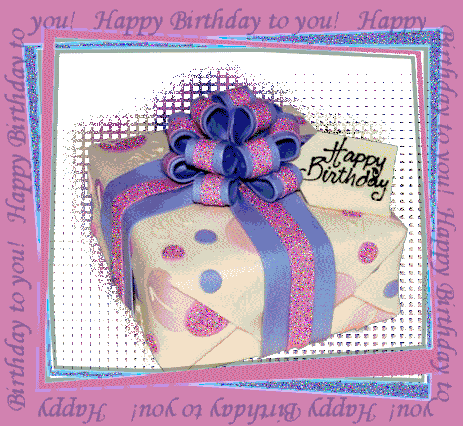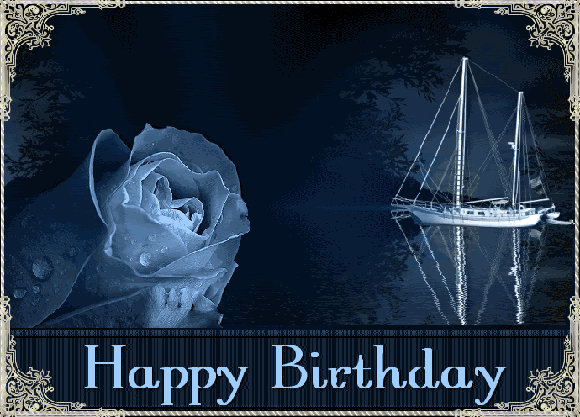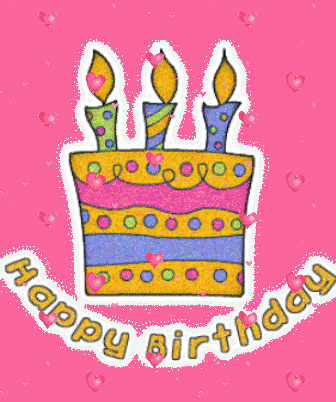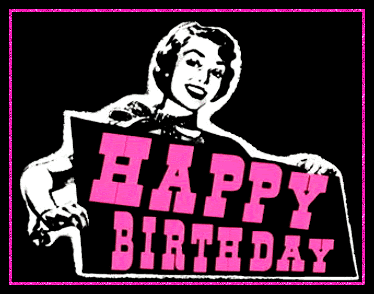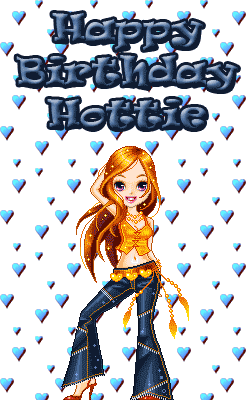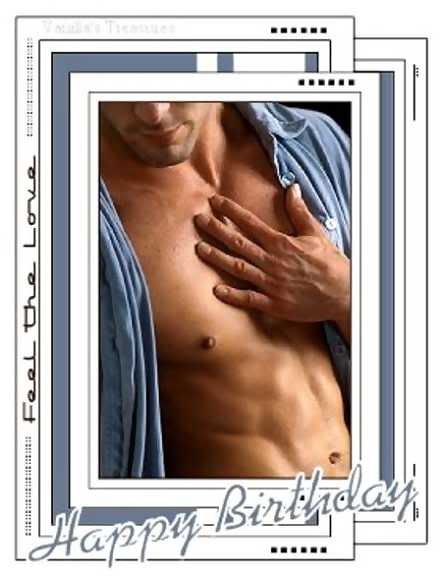ANIMALS
Copy this code to your profile or website:
Copy this code to your profile or website:
Copy this code to your profile or website: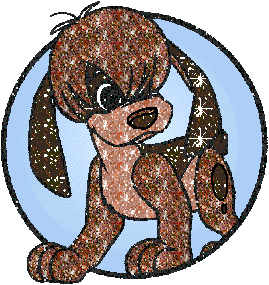
Copy this code to your profile or website:
Copy this code to your profile or website:
Copy this code to your profile or website:
Copy this code to your profile or website:
How To Improve Your Publicity Design
Shaun Crowley
Freelance designers who specialize in marketing materials are in high demand. As a result, freelance promotions designers can make up to $80 per hour. So what specialized skills do you need to be a publicity designer?
Actually, you don’t need any. To move into freelance publicity design, all you need to do is:
1. Familiarize yourself with the conventions of direct selling promotional materials and
2. Develop a basic understanding of your clients’ marketing goals.
I’m a copywriter and I work with designers. I prefer to work with designers who understand the marketing aims of the graphic design assignment I hand to them. I tend not to call upon designers who design visuals that are unsuitable for the sales messages I am trying to communicate in my copy, however good the design looks.
That’s why the tips I reveal in this article are not really ‘design’ tips. They are practical tips aimed at giving you clarity when you interpret your brief. If you want tips on what colors or effects to use, this article isn’t for you. If you want ideas to help you plan your approach to publicity design, read on.
Direct selling promotional material
Direct selling promotional material has one objective: to sell. Every copy section, every photograph, every flash box, every graphic—should reinforce the selling power of the publicity piece.
But surely your job as designer is to make direct selling promotional material look attractive?—it’s the copywriter’s job is to sell the product, right? Wrong. Your job is the same as the copywriter’s: to sell the product. Making the piece look attractive is important, but it’s a means to an end. The real goal is to help your client increase their sales.
So what approach should you take to sell a product through design? Here are 5 questions to ask yourself as you’re reading the brief:
1. WHO IS THE CUSTOMER? What sort of people will read the publicity and buy the product? A clear description of your target audience will help you gauge what sort of feel your design should have. The look of your design should always reflect the preferences of the customer, not your own preferences or the preferences of your clients.
2. WHAT ARE YOU COMMUNICATING? What emotions should you convey? What specific things should you draw the reader’s attention to? Read your client’s copy carefully. Use the message of the copy, especially the headlines, to inspire the ‘message’ of your design.
3. HOW CAN YOU REINFORCE THE MESSAGE OF THE COPY? Is your design consistent with the messages in the copy? Can you increase the impact of the copy message in your design approach? For example, if you’re designing a brochure for some computer software, and the dominant marketing message seems to be that the software is ‘easy to use’, your design should reflect clarity and freedom, maybe with lots of white space and clear copy sections. In short, don’t rely on your client to brief you properly on what the design should achieve. Take the initiative to work it out yourself.
4. CAN YOU SHOW PRODUCT BENEFITS? Can you demonstrate how good the product is through your choice of visual? Can you show how the product makes a real difference to people’s lives? Read through the copy and make a note of all examples of what the product does for the user. Then think about how you can demonstrate people benefiting from the product in your graphics and choices of photos.
5. HOW CAN YOU PRESENT THE PRODUCT? Can you show the product? Even better, can you show people using the product? Publicity that shows people is proven to be the most successful at driving sales. Good publicity should encourage readers to imagine themselves using the product—so show people of the same demographic using the product! Get as many pictures of the product as possible, and work these pictures into your design.
In marketing, successful design isn’t necessarily the best-looking, it’s the design that best complements the selling message of the copy, thus leading to more sales. Ugly publicity can be successful if it effectively communicates the selling message in a persuasive way for the target audience. Pretty publicity that wins prizes isn’t necessarily successful publicity.
If you want to learn more about improving your publicity design, start by learning about what makes good copy. Work out what the copy is doing and you’ll have a better idea how the design should reinforce it. My advice: Read a good copywriting manual.
Design custom brochures
Brochure design is challenging. The brief to produce an attention-grabbing cover with clean, consistently attractive pages can be daunting. Where do you start?
Remember your best-practice approach for designing publicity. Think about the reader and think about the essence of the product, service, or company that the brochure is selling.
Below are 13 tips for designing custom brochures that sell.
1. Find out what worked in the past. Take a few minutes to go through past publicity with your client to identify a successful look. If the target audience responded well to a particular style of publicity, there may be no point in reinventing the wheel.
2. Ask your client if the company has a house style and if your brochure should be consistent with it.
3. Keep in mind the product’s or company’s brand values when you are creating your general look. Ask your client to come up with five words that reflect the company’s brand image and try to respond to them in your design.
4. For a general starting point, communicate an idea, a visual metaphor, or emotion that is associated with the product. Search the royalty free photo sites like Getty-Images or I-stock for images that respond to the general mood—but bear in mind your client will need to pay to use them.
5. Focus the visual idea on the product’s Unique Selling Proposition. The U.S.P. is the one thing that readers will find most desirable about the product that is only true of that product.
6. Make the headlines stand out. Reinforce them with visuals if possible.
7. Use photographs as visual anchors. Faces help to humanize the design and make the product or company feel warmer and friendlier. Photos of people who reflect the target demographic work well because they help readers to imagine themselves using the product.
8. Ask yourself what consumer-need the product responds to, and use this as inspiration for your visuals. Some designs work well because they remind people about the nasty things in life they seek to irradiate, then present the solution with a photo of the product.
9. Use visuals to demonstrate the product:
- If the copy is highlighting a benefit, show somebody benefiting.
- If the copy is highlighting a feature, show it (for example, if it’s a small hand-held, show it to scale in someone’s hand; if it has lots of components or is part of big package, take a collective pack shot.)
- If the copy is highlighting the product’s popularity, show lots of people, preferably using the product.
- If the copy is guaranteeing the product, give it a guarantee stamp.
- If the copy is offering a money-back guarantee, show cash or a check.
- If the product is endorsed, show the endorser using the product.
- If the copy is leading with an impressive statistic, show it visually in a table or graph.
- If the product solves a problem, show a ‘before’ and ‘after’.
10. Each spread of the brochure should seek to catch the reader’s attention anew, to keep readers hooked so they carry on turning the pages.
11. Keep to a consistent style but try to let the design evolve with each page. A good brochure should tell the product’s story; it should have a beginning, a middle, and an end. Try to reflect this in your design.
12. Give the reader two options: to skim read and pick up the core messages from the headlines, sub-headings, visuals, and captions… And another option to read the headlines and the body copy linearly. Do this by creating a reading area where the general body copy fits into, but also pull out some of the additional copy messages, visuals, and flashes to catch the attention of wandering eyes.
13. Recommend using printing techniques to reinforce the message of the copy, such as spot varnishes, holograms, die-cuts, unusual folds, indented pages, additional pantones, and pull-outs.
You may have noticed that most of the 13 tips above are based on an analysis of the brochure copy, using the messages in the copy as a starting point for the design. As a copywriter and campaigns manager, this is the first thing I want a designer upon briefing. The number of times I have received design proofs that don’t attempt to reflect the sales message in my copy … let’s just say I never ask those designers to work for me again.
I look for designers who have an awareness of my marketing goals. I look for designers who will sit and read my copy, and will only start to conceptualize the design when they have analyzed the copy. I look for designers who combine artistic talent with some basic marketing knowledge to help them interpret the brief.
And I’m not alone. I’m sure I speak for most campaign managers and copywriters. In short, these are the words of your prospective clients, so take heed. If you want to get ahead of the competition in the publicity design arena, you need to learn the basics of marketing and copywriting.
Buy a copywriting manual
Learning the basic rules of marketing and copywriting is easy. Forget about the expensive courses, you can learn the essentials with a good book. The three best are:
The Copywriter’s Handbook,
Robert W. Bly (Owl Books, 1990)
A clear, comprehensive guide to the business of and techniques used in advertising copywriting. Includes guidance on the tasks of a copywriter, the copywriting business, and how to write a variety of different printed publicity including public relations material, radio and TV commercials, speeches and sales literature.
Teach Yourself Copywriting,
Jonathon Gabay (Teach Yourself, 2001)
A guide for anyone who needs to know how to produce advertising and marketing materials. The revised edition includes chapters on e-mail and Internet marketing and covers new theories and practices in copywriting.
100 Copywriting Tips for Designers and Other Freelance Artists,
Shaun J. Crowley (Shaun Crowley E-publishing, 2006)
My book, written specifically for designers, reveals 100 copywriting tricks-of-the-trade including guidance on planning and conceptualizing web and print publicity, how to produce publicity that sells, and how to marry your copy and visuals together. Click here to download it.
Freelance POP display design and exhibition display design
Freelance display design is one of the most challenging areas of publicity design. You only have ten seconds to grab people’s attention and lure them over to the product or exhibition stand. At the same time, your design must be consistent with the product’s or company’s brand image, and communicate its sales message immediately.
Here are 10 tips for effective POP display design and exhibition display design.
1. Always think about who the customer is. Who will buy the product? Who will be drawn to the display? What are their likely ages, genders, occupations, incomes, personality types, goals, and aspirations? Use your knowledge of the customer to inform your design.
2. The headline is king. It is the mouth-piece of the display. Your design must reinforce the strengths of the headline to help communicate its sales message immediately. Keep the headline simple and easy to read from a distance.
3. Use compelling images for eye-catching impact. Images have more impact if they are clear, specific, and definable. For example, an image of a telephone on a plain background is more likely to grab attention than an image of indefinable objects such as bubbles, wisps, or stripes.
4. Remember that faces tend to grab more attention than inanimate objects.
5. Use the best quality images you can. Urge your client to buy the more expensive photos, not the cheap free images. Make sure the resolution is sufficient for large exhibition panels. All images must appear crisp and vivid at full size.
6. If you are creating multiple display banners, brand your display with a visual theme, so people recognize and remember it. Most importantly, the theme must connect to the brand in some way, either via the logo design or the message of the slogan. It’s no use people remembering your design if they can’t attribute it to the company or product.
7. If appropriate, try to include the product in the visuals you use. Make the product look as good as possible. Make it 3D, make it glow or sparkle, make it jump out and look desirable.
8. Always conceptualize your display so that the product is presented or demonstrated in the best way possible. Don’t hide or embed the product, make the design revolve around the product so the product commands maximum attention.
9. Jazz-up your POP displays by using different types of materials. You don’t have to print on cardboard—try using acrylic, canvass, or glass—but make sure the material you use is consistent with the product image.
10. Strive for a unique look. Find out what other types of designs your display will be competing with, and use this to inform your approach. For example, if no one else is using fluorescent colors, and this is consistent with the brand image, use fluorescent colors. Maybe you can use lighting to your advantage. Gizmos like battery powered lighting or interactive features help give the display a unique look.
Why don’t you write the POP displays yourself?
In many ways it makes more sense for the designer to conceptualize, write, and design POP display design, rather than work alongside a copywriter without a working knowledge of Photoshop. As a copywriter, I may have visual ideas for POP displays in my head, but unfortunately I can’t illustrate them as credible ruffs. A design brief will never capture the vividness of my original idea, so somewhere along the line my idea becomes diluted. Consequently, my designer and I often find it hard to work on POP displays together. I know from colleagues that this happens quite a lot.
So why don’t you write the thing, as well as design it? You’ll be offering a unique and in-demand service to marketing departments.
As with most POP display briefs, you don’t need to write much copy, so you don’t need to be a master of the written word. Just learn the basics of copywriting.
Conclusion
- Direct selling promotional material has one objective: to sell. Making the piece look attractive, although connected, is a secondary goal.
- You need to think about the customer and the message in the copy before you sit down to conceptualize your design.
- You need to improve your knowledge of marketing and copywriting to improve your publicity design.
- A good copywriting manual will give you an overview of marketing practice, so you know what your clients want, and what your publicity designs should achieve.
Shaun Crowley has worked as a freelance copywriter, marketing consultant, and communications manager for a major UK publishing company. His new book
100 Copywriting Tips for Designers and Other Freelance Artists is available for download at www.copywriting-designers.com









